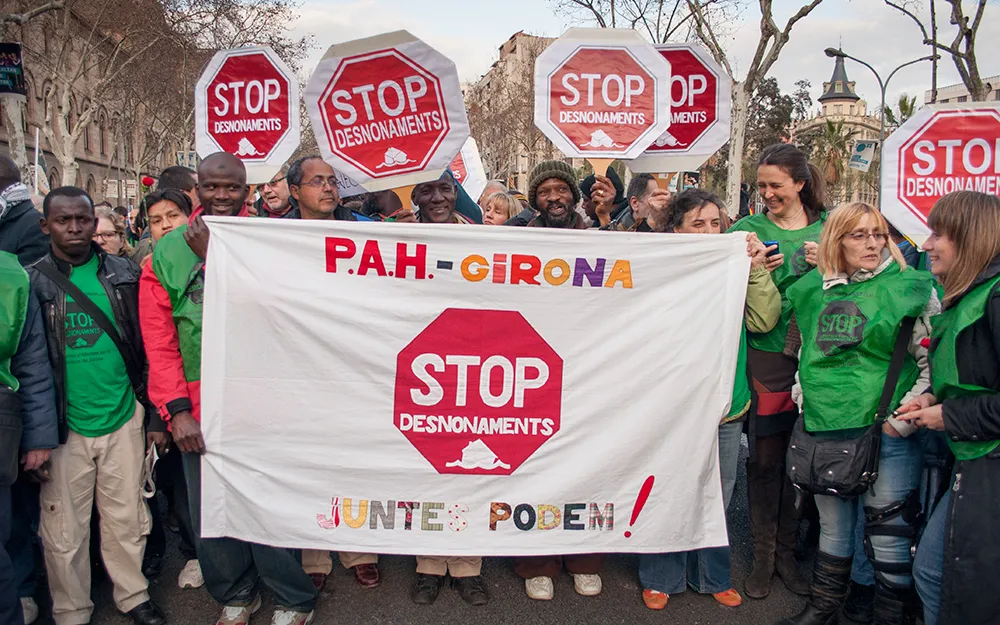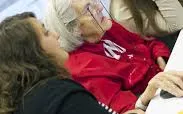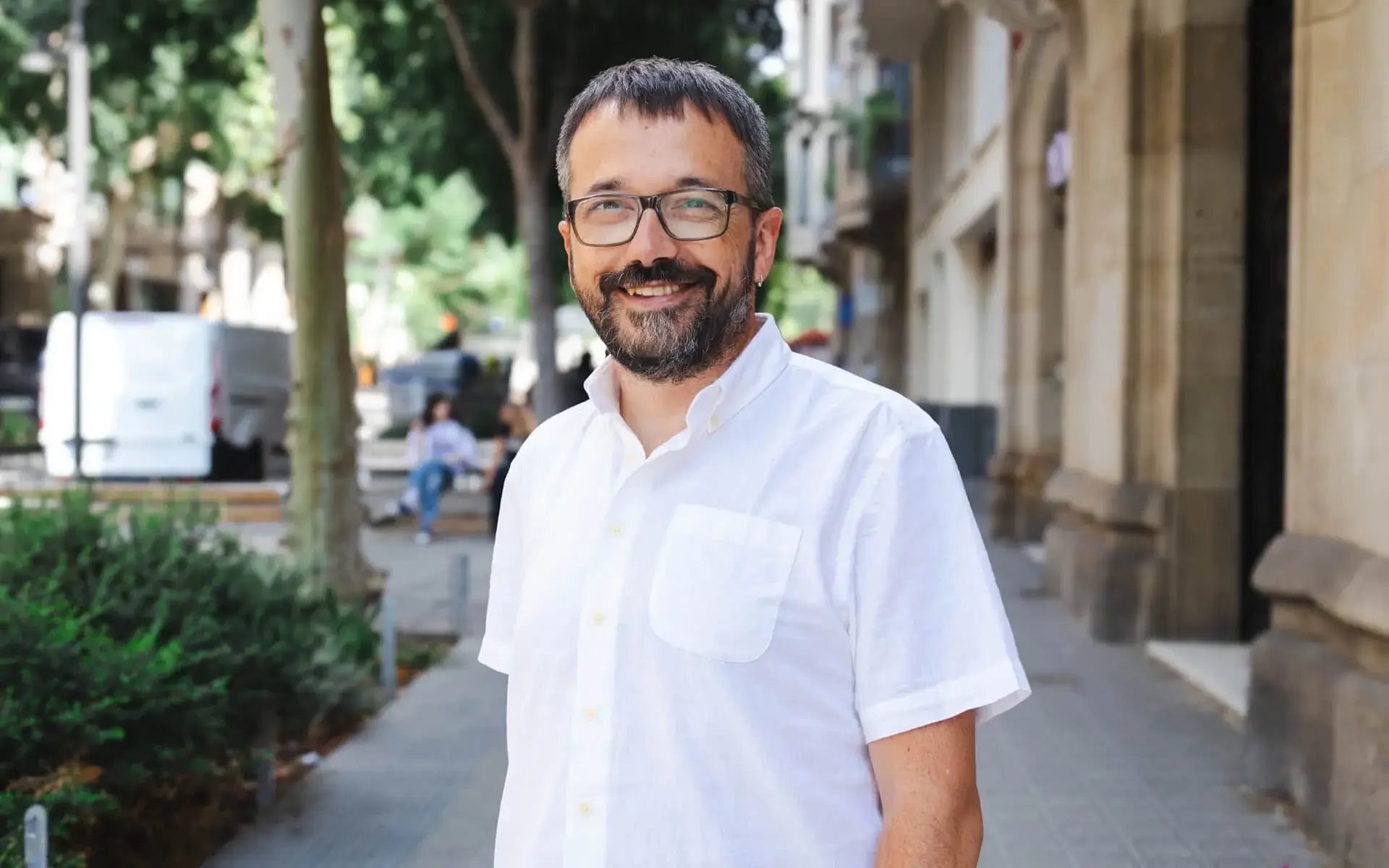According to a report by the IGOP (Institut de Govern i Polítiques Públiques), solidarian and civic answers help to tackle the crisis. The report identifies more than 500 initiatives on social innovation.
“Despite the extreme vulnerability of some of the districts analized, the situation is not totally unsustainable thanks to the solidarian dynamics between neighbours, the shared commitment of the organizations and the joint efforts of the administration and the associative fabric”. This is how the report by the IGOP (Universitat Autònoma de Barcelona, UAB) explains both the task and the importance of the associative fabric in the districts of Catalan cities.
On March 3rd 2014, the authors of the project “Marginal districts before the crisis: urban seggregation, civic capacities and social innovation” presented the preliminary results of their research. It is the first study that measures the impact of the current socioeconomic crisis on urban space and it introduces strategies to protect the most vulnerable districts.
1. Collaboration within the neighbourhood
The project’s authors have drawn a map of Catalonia depicting all civic initiatives arising from the districts to face the crisis’ economic and social impacts. They show them grouped into four different categories: civic solidarity (e.g. time banks); territory, environment and energy (urban vegetable gardens, telematic networks); economy and alternative consumption (cooperatives and projects funded through ethical banking); and self-managed autonomous spaces. There have been more than 500 initiatives identified so far, that help making the situation more bearable.
The report concludes that districts with a historically strong cooperation between administration and neighbourhood fabric (as Bellvitge, Santa Eugènia or Pardinyes) show a higher resilience to withstand difficulties. In contrast, the “devastating effects of the crisis” in some districts are linked to the complete lack or deficiency of public policies designed to avoid the creation of ghettos.
2. Urban seggregation in Catalonia
One of this report’s milestones is to analize the socioeconomic impact of the current crisis from a territorial point of view. With respect to this, there are some trends that can be confirmed: first, urban seggregation was already significant in 2001 and thus it does not derive from the crisis, but it is a structural phenomenon. Second, seggregation amongst well-off social classes is as important, if not more important, than amongst disadvantaged groups. Finally, seggregation, nonetheless, is more intense in the most disadvantaged territories.
3. Proposals for improvement
Although the role of the social fabric is a key element, it is not enough to stop the dynamics of seggregation. Therefore the report calls for the intervention of public institutions. Some of the measures suggested for implementation are for instance, to update the statistical instruments and to adapt them to a small-scale (e.g. on district level). This would allow to promote and favour the appearance of civic initiatives, and to incorporate criteria of redistributive justice among relevant social and urban policies.










Add new comment